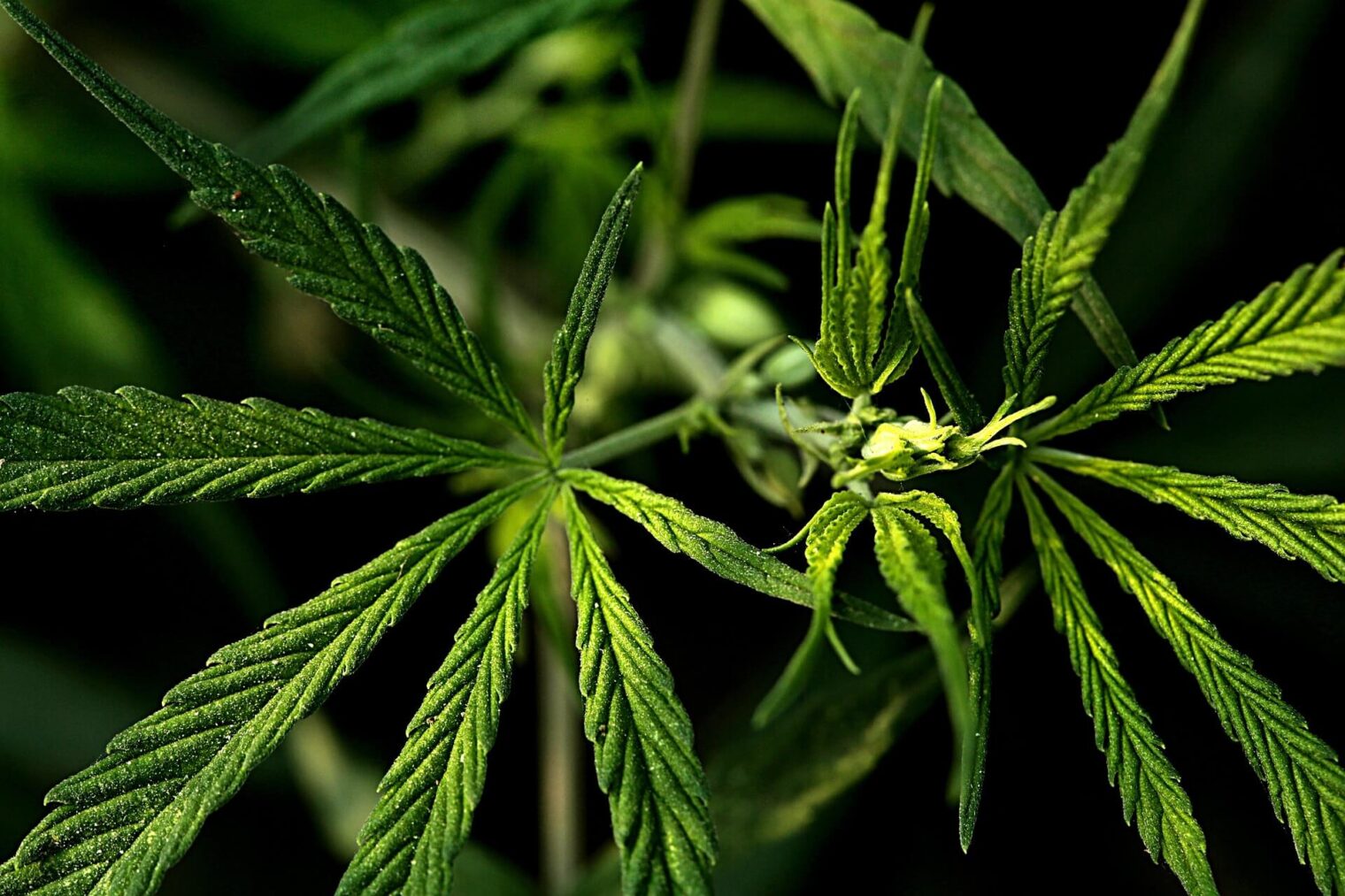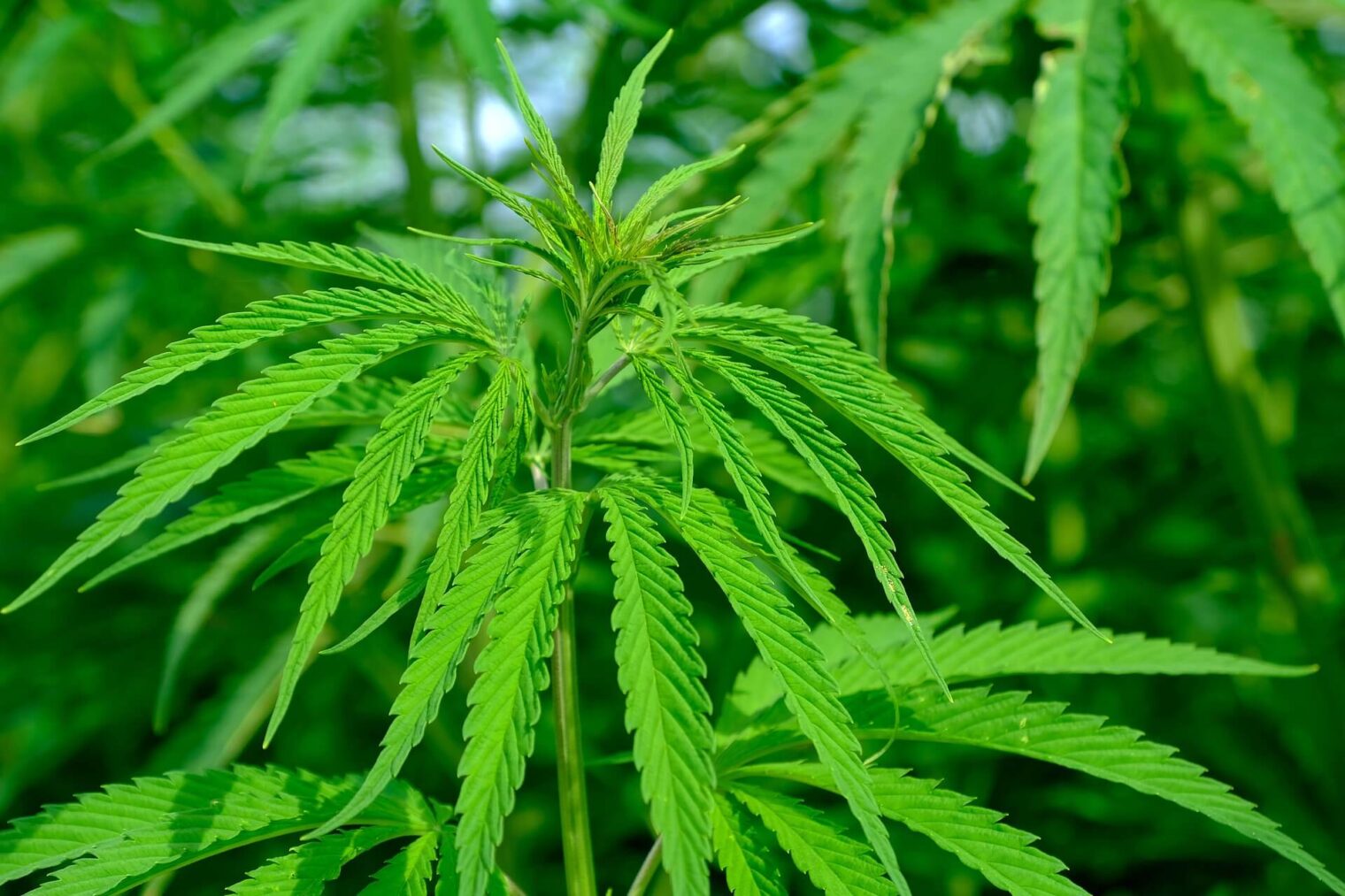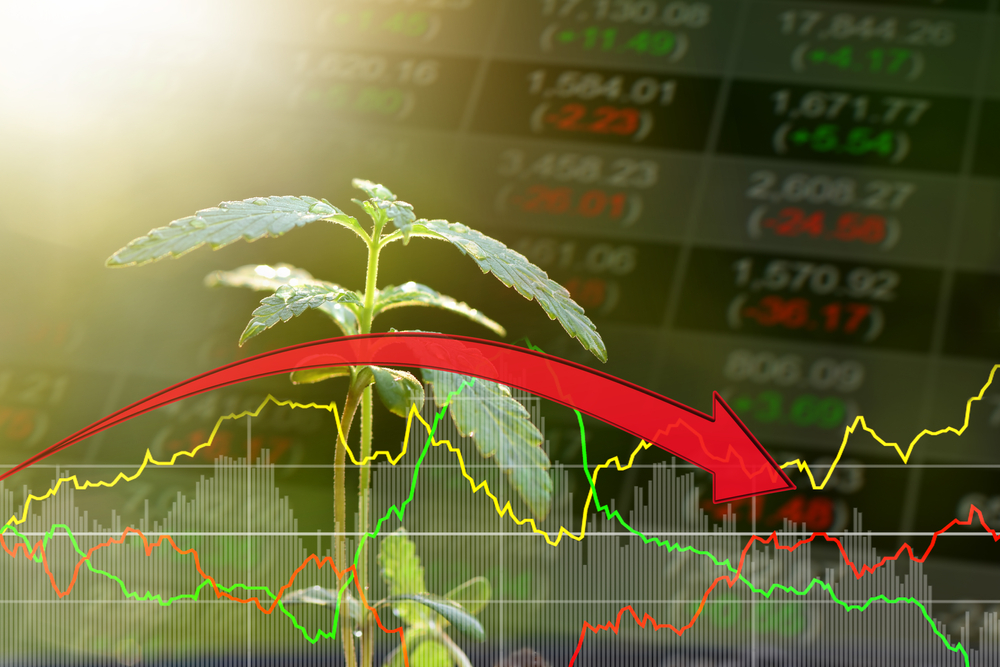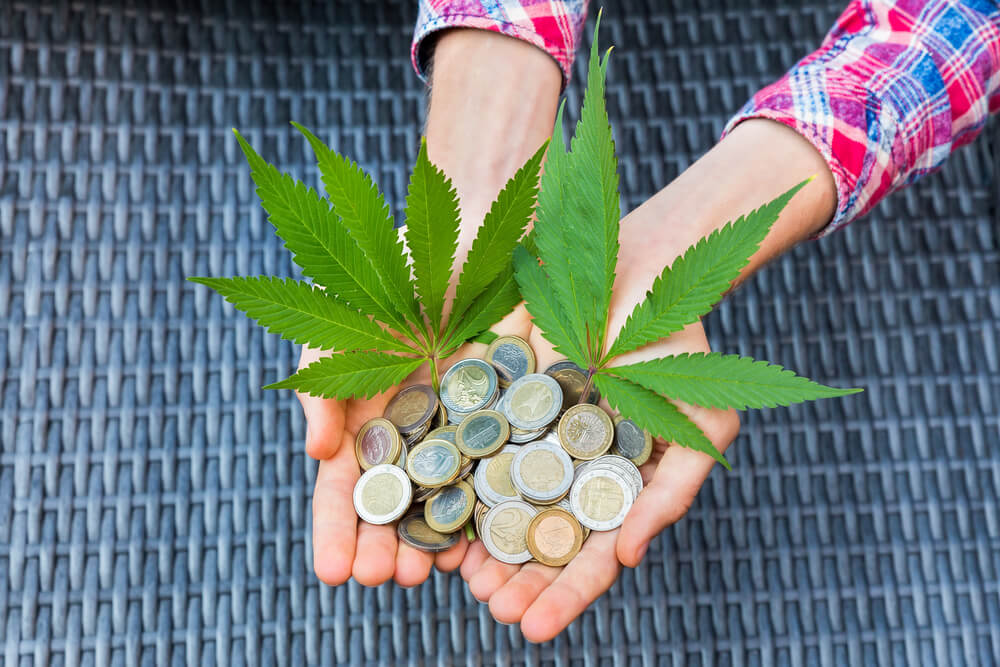Table of Contents

Are you curious about where weed is legal and the global cannabis market in genera? You’re not alone. Around the world, laws and attitudes toward cannabis are changing fast. This shift has created a big market for legal marijuana, but keeping up with what’s happening can be hard.
In one key fact to note, as of now, several countries and states have made using weed for medical or fun reasons legal.
Our blog post will give you a deep look into the “Global Cannabis Market”. We’ll explore which parts of the world allow cannabis, how COVID-19 impacted this market, and what kinds of products people are buying.
By understanding these changes, you can get a better idea of how global trends might affect the future of cannabis legalization and industry growth overall. Ready to learn more about the global cannabis market? Keep reading!
Overview of the Global Cannabis Market
The global cannabis market continues to grow rapidly. Analysts report significant revenue increases and rising user numbers across various regions.
Revenue and user data
The legal marijuana market continues to grow. In 2022, global cannabis revenue reached approximately $31 billion. Analysts predict it will hit $57 billion by 2026. This rapid growth reflects changing attitudes toward cannabis worldwide.
User data shows a significant rise in consumption. More than 250 million people used cannabis globally in recent years. Countries that legalized cannabis have seen increased use among adults and youths alike.
Legalization leads to higher participation rates in the recreational cannabis market and boosts the medical sector as well.
Analyst opinions
Analysts see strong growth in the global cannabis market. They expect revenues to reach over $70 billion by 2028. Some experts highlight medical cannabis as a key driver of this expansion.
Many believe that patient demand will rise, especially for regulated products like CBD and THC derivatives. Analysts also point out regional differences in legalization trends. Countries with progressive laws experience more robust consumption rates than those with stricter regulations.
Market analysts note that worldwide cannabis legalization continues to change rapidly. They suggest that countries considering legalization can learn from the experiences of others.
New policies often influence both revenue potential and consumer behavior. These insights set the stage for discussing covid-19’s impact on the legal cannabis market ahead.
Global comparison
The global cannabis market shows significant variation across countries. In North America, legal sales boom as more states embrace marijuana legalization. Canada leads with its comprehensive regulations since 2018.
Meanwhile, Europe sees a growing trend towards cannabis acceptance but varies greatly by nation. Countries like Germany and the Netherlands promote medical use while others still impose strict bans.
Asia presents a different scenario. Some regions remain resistant to change despite increasing discussions around legalization. Yet, nations like Thailand have taken progressive steps within the last few years, allowing medical cannabis use legally.
Overall, global cannabis consumption trends indicate an upward trajectory amid shifting policies and changing public perceptions surrounding drug laws worldwide.
Impact of Covid-19 on the Legal Cannabis Market
Covid-19 affected the legal cannabis market significantly. Many businesses faced revenue drops due to lockdowns and changes in consumer behavior.
Decrease in revenue
The global cannabis market experienced a revenue decline during the Covid-19 pandemic. Analysts reported that many legal markets saw reduced sales as consumers faced economic uncertainty.
The shift in spending habits also impacted the cannabis industry.
Cannabis regulations tightened in some areas, leading to fewer purchases. Many businesses struggled to adapt, and this affected their growth potential. The decrease in revenue highlighted vulnerabilities within the cannabis market amid changing global conditions.
Key Market Indicators
Market indicators show the diversity of cannabis types available today. They highlight how consumer preferences shape the industry’s growth in medical and recreational uses.
Types of cannabis (marijuana, hemp)
Cannabis comes in two main types: marijuana and hemp. Marijuana contains high levels of THC, the compound that produces psychoactive effects. Users commonly use it for recreational or medical purposes.
Hemp has low THC levels and is rich in CBD, making it popular for industrial uses and health products.
The global cannabis market sees significant demand for both types. Legalization of cannabis worldwide drives growth in various sectors. The cannabis industry continues to evolve as regulations change, impacting trends in both marijuana and hemp cultivation and consumption.
Derivatives (CBD, THC)
THC and CBD are two major derivatives of the cannabis plant. THC, or tetrahydrocannabinol, produces the psychoactive effects that many associate with marijuana. It interacts with receptors in the brain to create a sense of euphoria.
On the other hand, CBD, or cannabidiol, does not cause a high. Instead, it offers potential health benefits like pain relief and anxiety reduction.
The global cannabis market shows significant growth in these derivatives. In 2021 alone, the CBD market reached over $4 billion in revenue worldwide. Many countries have embraced legal frameworks for both THC and CBD products.
This shift reflects changing attitudes toward cannabis regulations globally. With increased consumer interest, brands now offer various forms of edibles and oils made from these compounds.
End uses (medical, recreational, industrial)
Cannabis serves various purposes, including medical, recreational, and industrial uses. The medical cannabis market grows steadily due to increasing acceptance of its health benefits.
Patients use it for pain relief, anxiety management, and other conditions. Recreational users enjoy cannabis for its relaxing effects and social experience. Legalization in numerous regions boosts this segment significantly.
Industrial hemp stands out as a versatile resource. Manufacturers use it to create textiles, paper, and construction materials. Its sustainability makes it an attractive option compared to traditional materials.
Overall, the global cannabis market experiences substantial growth across these end-use categories while consumers embrace their unique benefits.
Regional Insights and Key Industry Players
The global cannabis market shows significant regional variations. North America leads in cannabis legalization and revenue generation. States like California and Colorado report billions in sales, driving the worldwide cannabis market growth.
Analysts predict that the U.S. market alone could exceed $41 billion by 2025.
Europe follows closely, with countries such as Germany paving the way for medical cannabis use. The UK also makes strides in introducing CBD products to its population. In Latin America, Uruguay stands out as the first country to fully legalize marijuana, inspiring others like Mexico to consider similar regulations.
Key industry players include companies like Canopy Growth Corporation and Aurora Cannabis, which dominate the North American landscape while smaller firms begin to emerge globally amid changing drug policies.








